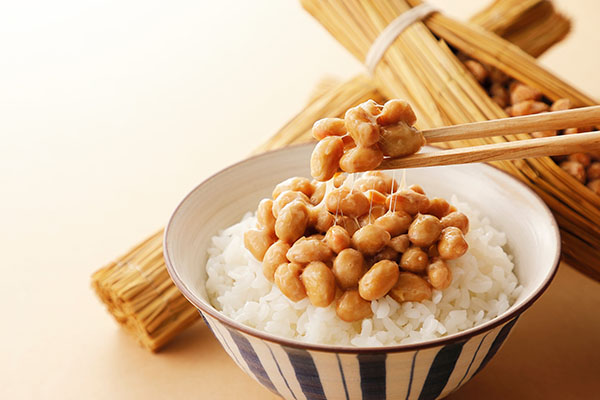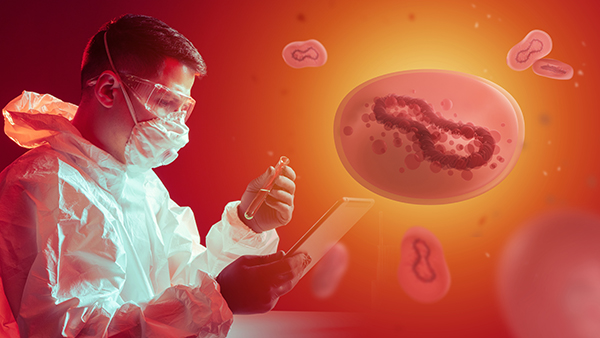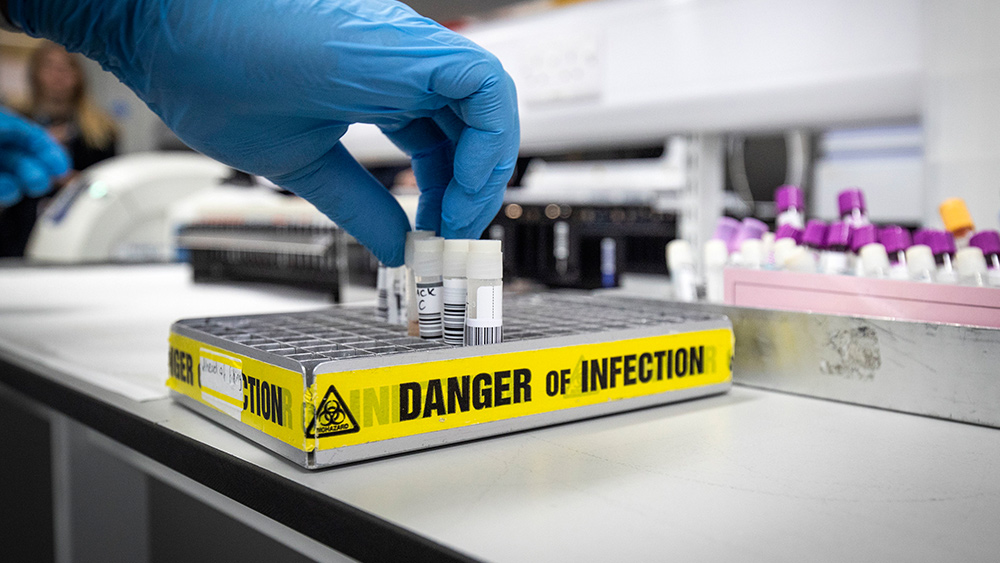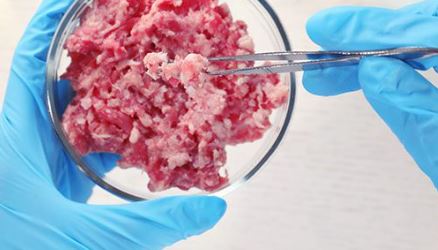Nattokinase: A superfood enzyme for a healthier heart
06/21/2024 / By Cassie B.

You might not be familiar with nattokinase, but if you have any concerns about heart health, it’s something you might want to explore as this enzyme has powerful effects on blood clots and other cardiovascular health threats.
It is found in natto, a traditional Japanese dish that is made using soybeans fermented with the bacterium Bacillus subtilis natto, which is rich in nutrients such as zinc, vitamin C, magnesium, calcium, iron, potassium and copper. The dish has been enjoyed in Japan for more than 1,200 years, but unlike other Japanese imports such as sushi and miso soup, it has only recently caught wider attention in the West on account of its health properties.
Natto is commonly consumed at breakfast in Japan, often with rice and pickled vegetables, and Japanese grocery stores offer numerous varieties of it, much like the abundance of yogurt varieties found in the U.S. There are various accounts of its origins, with one of the most popular theories claiming that it can be traced to soldiers who consumed boiled soybeans that had been packed in bundles of rice straw before they had a chance to cool down after they sat for several days. They reportedly found the resulting food delicious and nourishing and soon began requesting it; rice straw contains the Bacillus subtilis natto bacterium, so it was essentially discovered by accident.
Scientists would later discover that nattokinase can degrade fibrin, which is an important structural component of blood clots. This means it is useful in preventing blood clots, reducing blood pressure and potentially even addressing Alzheimer’s disease.
Here is a closer look at some of its top benefits:
- Preventing blood clots: A blood clot is largely made up of fibrin, and nattokinase’s fibrinolytic and antithrombolytic properties mean that in addition to stopping clots from forming, it may even be able to help dissolve them.
- Reducing cholesterol: Some studies have pointed to nattokinase’s ability to reduce total and LDL cholesterol, in addition to triglycerides.
- Slowing atherosclerosis: Atherosclerosis, or the hardening of arteries, is associated with the formation of blood clots. Nattokinase’s anticoagulant and antiplatelet properties mean it could help clean arteries and stave off atherosclerosis.
- Reducing blood pressure: High blood pressure is often associated with serious cardiac events such as strokes and heart attacks. Nattokinase has demonstrated an ability to reduce systolic and diastolic blood pressure in individuals who have hypertension, and its effects are especially noticeable in men.
- Boosting brain health: Studies in animals have shown that nattokinase degrades amyloid fibrils; these are the proteins that can contribute to Alzheimer’s and Parkinson’s diseases when they bind together. It has also been shown to enhance brain function in stroke patients.
- Stroke rehabilitation: A small study showed that people recovering from a stroke who supplemented with nattokinase for 60 days had better blood pressure and cholesterol control.
- Detoxifying from COVID-19 vaccines: During the pandemic, some experts, like Dr. Peter McCullough, suggested that given nattokinase’s ability to fight blood clots, it could dissolve spike proteins and help people detoxify from COVID-19 “clot shots.”
As a traditional dish that has been enjoyed by Japanese people for centuries, natto does not generally have any side effects. However, like many foods, some people may be allergic to it. Scientists believe that it could lower blood pressure too much in some people and potentially cause blood clots to relocate as it breaks them down, which may shift them to a less favorable position, such as the brain or lungs. It’s not a good idea to take it with blood pressure medication or blood thinners.
Where can you find nattokinase?
The traditional Japanese dish natto may be the most obvious source of nattokinase, but it has a smell that has been compared to that of Gorgonzola cheese and a strong flavor that may not appeal to everyone, not to mention a sticky and slightly slimy texture.
There are several supplements on the market that can be useful for those who do not have easy access to this food or do not enjoy consuming it, but it is important to seek reputable sources.
Sources for this article include:
PeterMcCulloughMD.Substack.com
Submit a correction >>
Tagged Under:
Blood clots, brain health, food cures, food is medicine, food science, health science, heart health, natto, nattokinase, natural cures, natural medicine, natural remedies, phytonutrients, prevention, stroke
This article may contain statements that reflect the opinion of the author




















